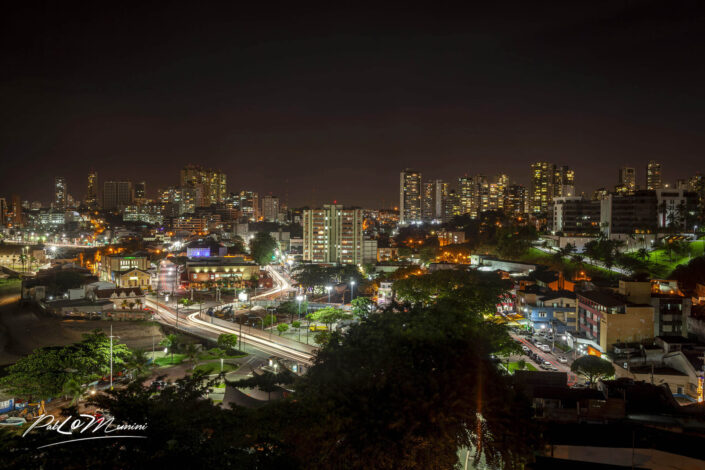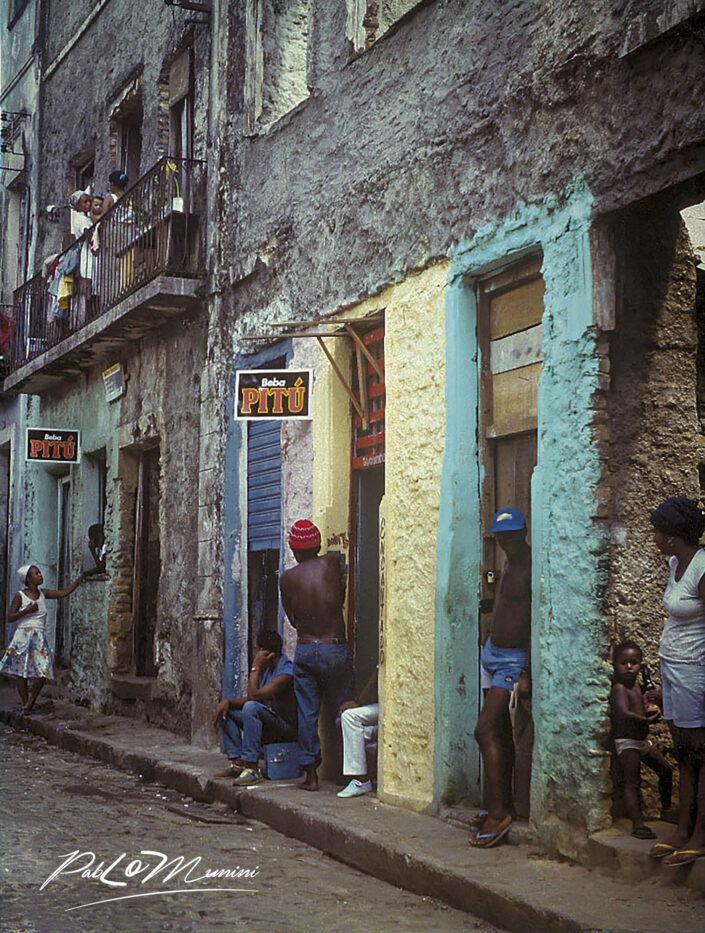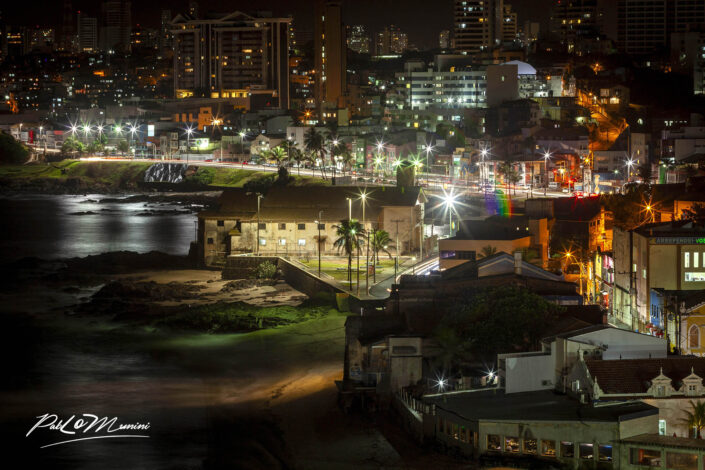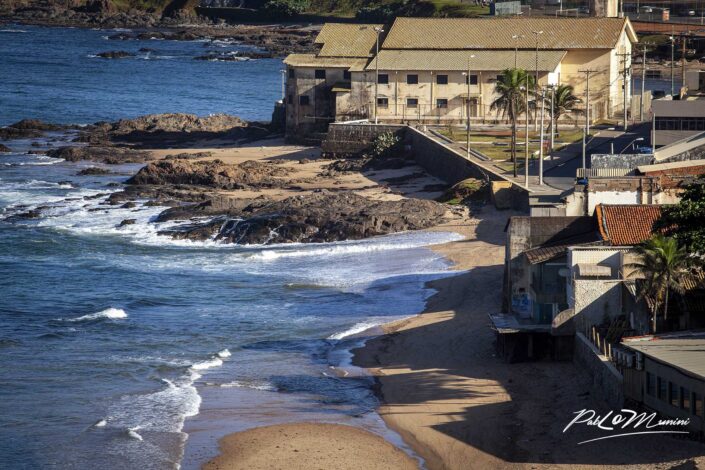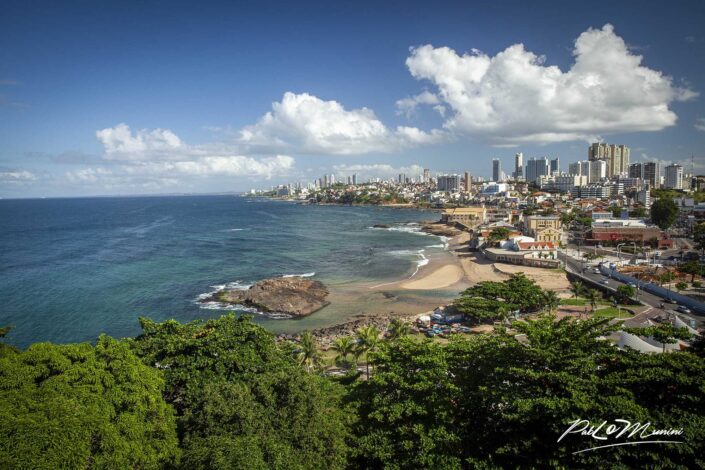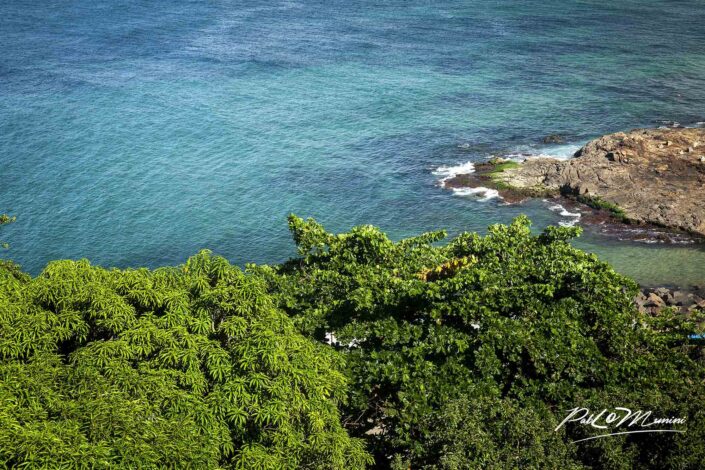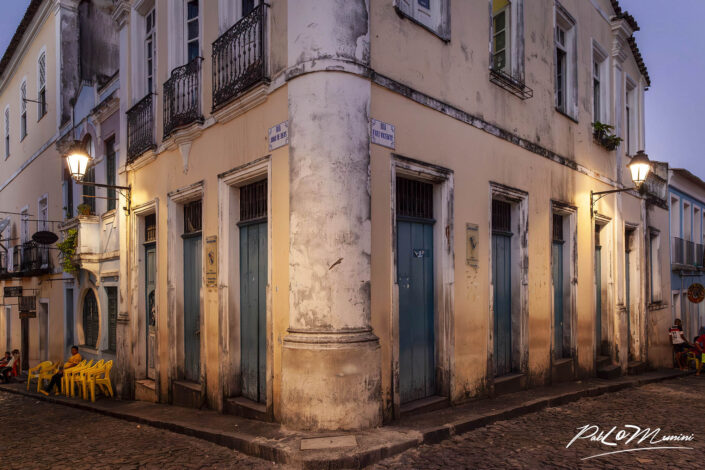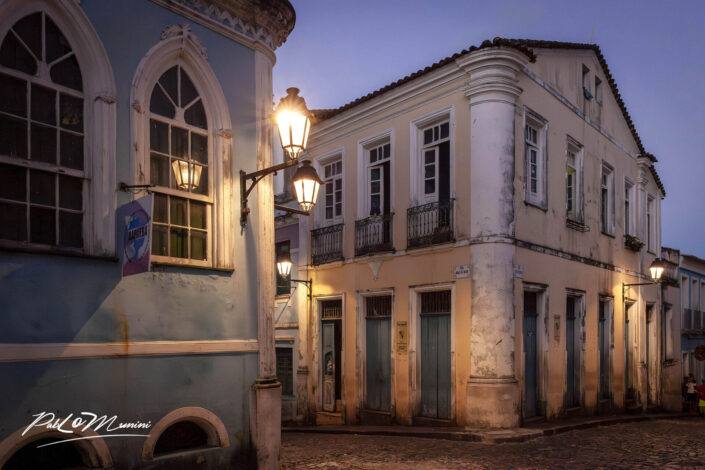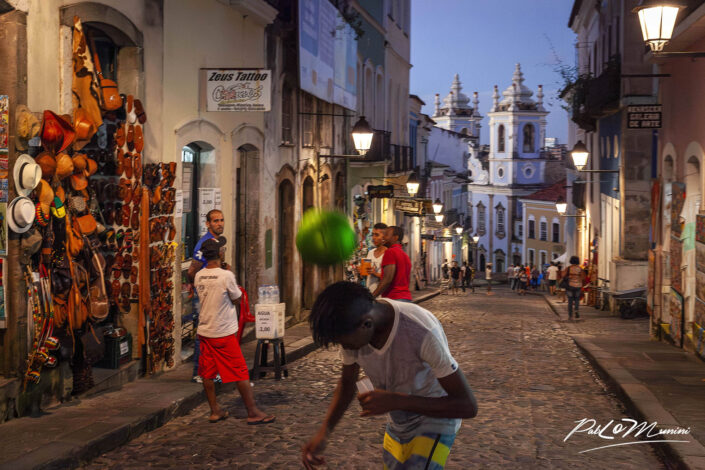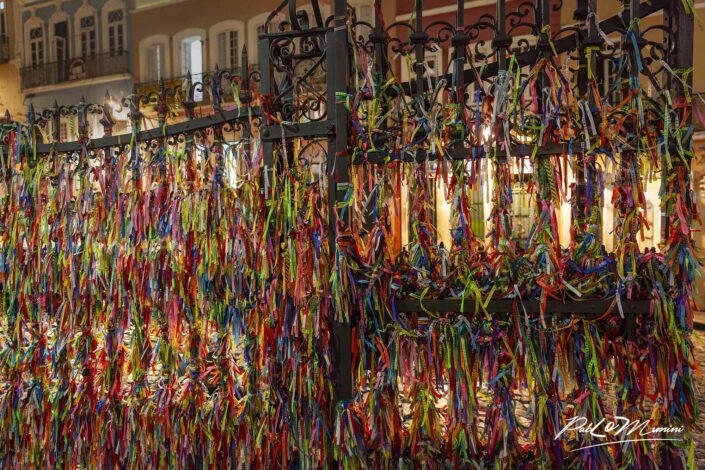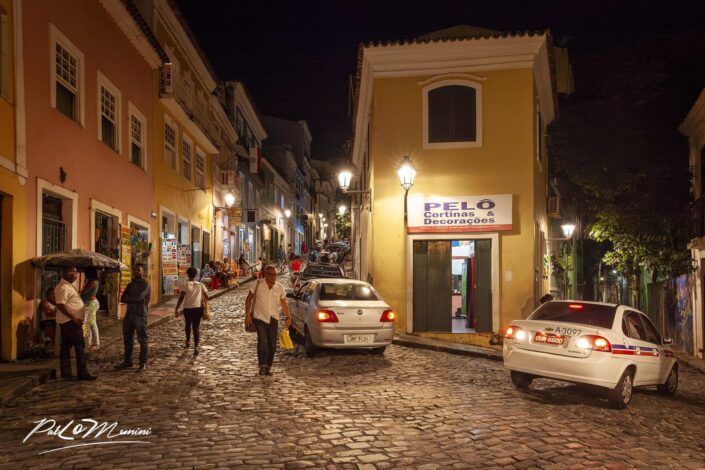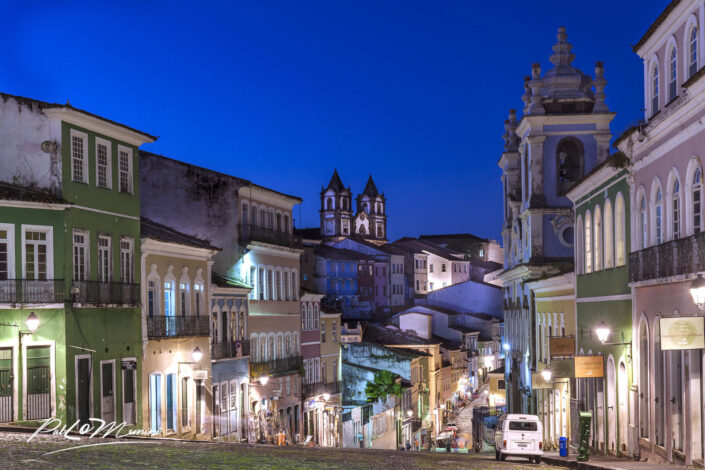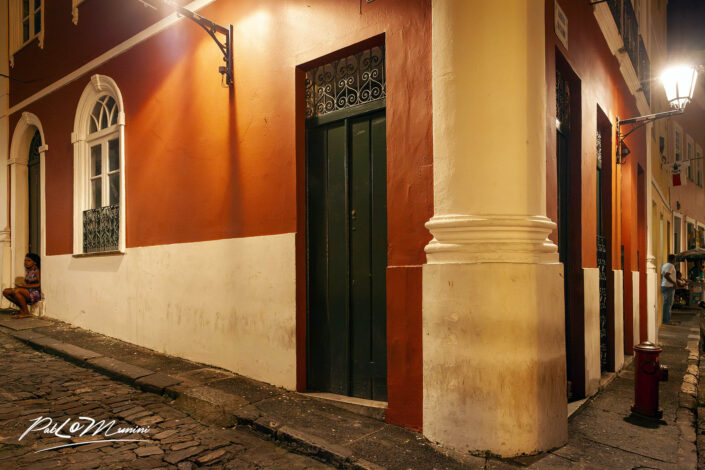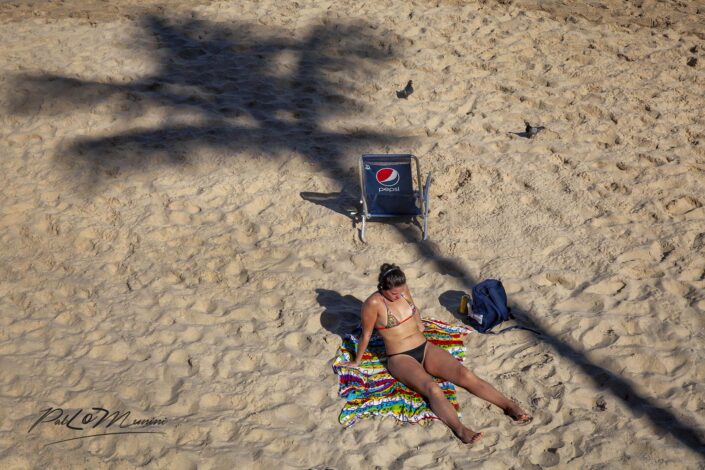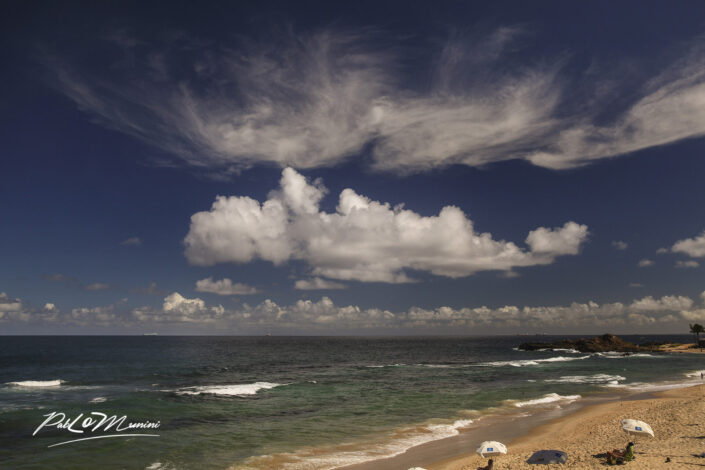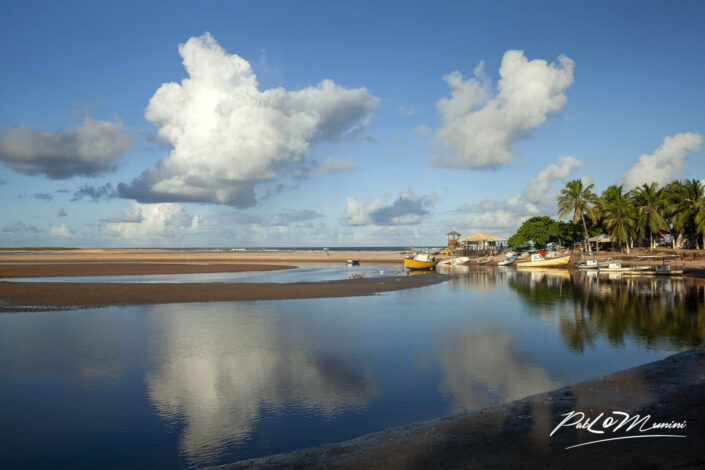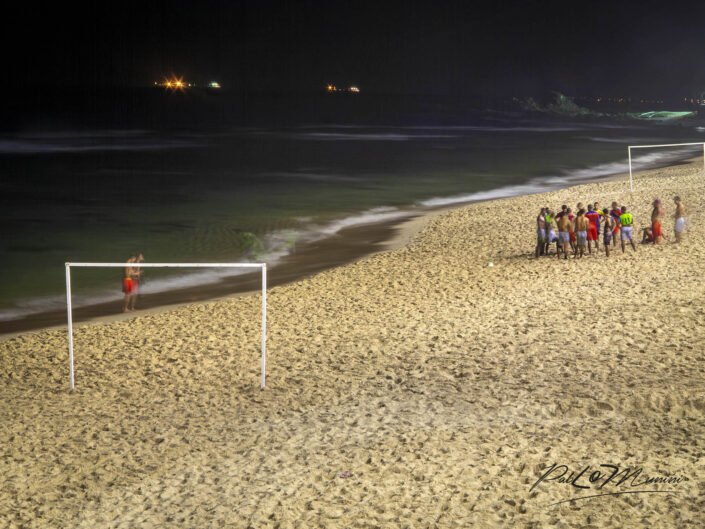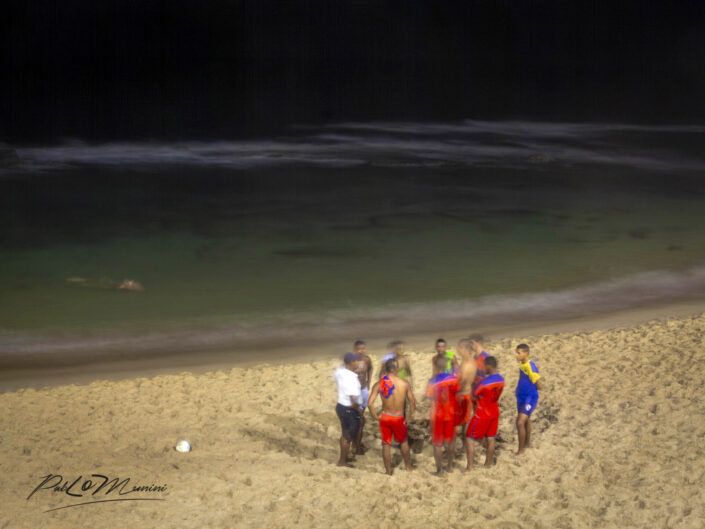Follow me:
Salvador da Bahia
Pelourinho
Barra
Bahia Through My Lens: A Timeless Journey
Salvador de Bahia
“Bahia que não me sai do pensamento, ai, ai
Faço o meu lamento, oi, na desesperança, oi
De encontrar por esse mundo
O amor que eu perdi na Bahia, vou contar…”
Ary Barroso
In 1987, I set foot in Salvador da Bahia for the first time. I didn’t know it then, but that journey would mark me for life.
A single photo, taken on a quiet street near Pelourinho, may have sealed my fate as a photographer. That first encounter with the city was a whirlwind of sensations—blazing colors, ochre-toned architecture, the pulse of drums echoing through narrow alleys, the laughter of children, and the quiet devotion of offerings cast into the sea in honor of Iemanjá.
The memories blurred with time, but the Fuji slides I brought home remained vivid. They held the essence of that moment: alive, vibrant, unforgettable.
I returned to Salvador in 2014. Walking through the now-modernized seaside neighborhood of Barra, I felt the passage of time. Everything had changed—Barra was sleeker, more polished—but somehow, the past still lingered in the air. The old bars had vanished or transformed, yet I could still feel their presence, like ghosts wrapped in music and memory.
Now, a decade after that second visit, I share these images. They span two journeys and over three decades, yet the emotion within them remains undiminished.
Salvador da Bahia, Brazil’s first capital from 1549 to 1763, was a vital center of Portuguese colonial power, strategically located between the Atlantic Ocean and the Bay of All Saints. It became a hub for transatlantic trade—particularly with Africa and the Far East—and a powerful point of cultural convergence. Its historic center, the Cidade Alta, still preserves a Renaissance-inspired urban layout adapted to the New World, rich in religious, military, and civil architecture from the 17th to 19th centuries.
But Salvador is more than a historical landmark—it’s a city with a soul. Shaped by European, African, and Indigenous influences, it lives and breathes culture. Nowhere is this more alive than in Pelourinho, a UNESCO World Heritage site, where colonial façades shelter music schools, dance studios, and Candomblé temples. Here, Afro-Brazilian heritage is not frozen in time—it dances in the streets, sings in the plazas, and pulses in every celebration.
Beyond the city, the state of Bahia stretches into a breathtaking fusion of culture and nature: over 900 kilometers of coastline, deserted beaches, fishing villages full of history, and the majestic interior of Chapada Diamantina. It is a land both raw and magnetic.
The photographs in this gallery are echoes of my life. They carry the sound of trios elétricos rolling down the avenue, the sensation of crowded buses returning from the beach, the memory of conversations with local girls along the oceanfront promenade.
They carry the voice of Maria Bethânia singing “Gostoso Demais” from every open bus window that circled the city all those years ago. And above all, they hold the heartbeat of a place where African heritage lives in every step, every rhythm, every color.
These are the images of a place that shaped me without me realizing it—just as Rio once did, though with more awareness.
One day, I hope to return. To see Salvador with new eyes. To capture what has changed, and what endures.
And perhaps, in returning, I’m simply chasing echoes of my young life—trying to gather the forgotten pieces of who I was, the loves I knew, the dreams I left behind—just as Ary Barroso once sang: “Bahia, I can’t get you out of my mind… searching across this world for the love I lost in Bahia, I will tell you…”
Pablo Munini © Milano August 2025
